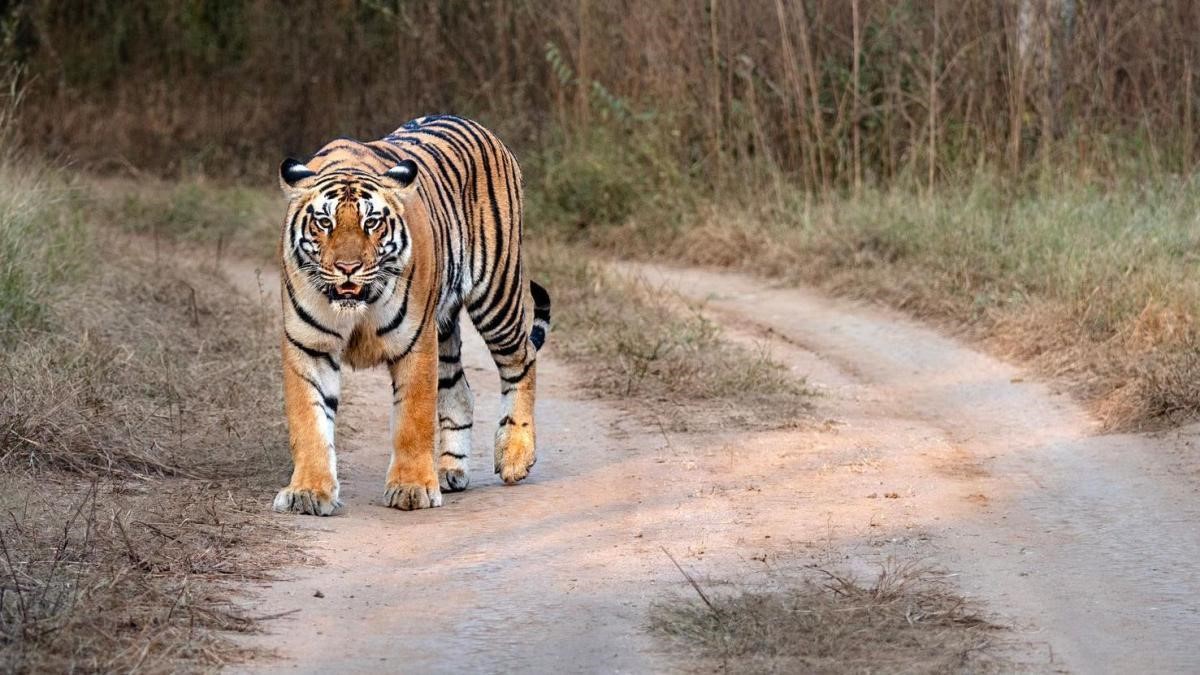Nepal Proposes Gifting Tigers Amid Conservation Success
Why in the news?
Nepal PM KP Sharma Oli suggested gifting excess tigers as part of economic diplomacy, following the country’s conservation success, with the tiger population rising to 355 in 2022, but raising concerns over human-tiger conflicts and ethics.
Nepal’s Conservation Success and Rising Challenges:
- Nepal’s tiger population rose from 120 in 2009 to 355 in 2022 – a 296% increase in over a decade, per WWF data.
- Conservation success led to Nepal being hailed globally, but it triggered challenges such as shrinking forest cover and rising human-tiger conflicts, with nearly 40 lives lost between 2019 and 2022.
- Nepal PM KP Sharma Oli proposed gifting excess tigers as part of economic diplomacy, sparking debates.
Historical Context of Animal Diplomacy:
- Shikar diplomacy began during the Rana regime (1846–1951) to foster ties with British aristocracy through hunting expeditions in Nepal’s Terai region.
- Excessive hunting led to near extinction of big game species like tigers and rhinos by the mid-20th century.
- Nepal has gifted 26 one-horned rhinos since 1985 and recently sent two elephants to Qatar in 2024.
- China’s panda diplomacy shows animals can serve as goodwill gestures and political leverage.
Ethical Concerns of Gifting Tigers:
- Oli’s suggestion of gifting tigers, even as pets, raises ethical concerns.
- An estimated 5,000 captive tigers in the US outnumber the global wild population of 3,900.
- Captivity often results in poor living conditions, health issues, and behavioral problems, while some tigers are abandoned due to high upkeep costs.
- Big Cat Public Safety Act (2023) in the US and licensing laws in Pakistan aim to regulate private ownership.
Gifting tigers may seem like a diplomatic tool, but it poses significant conservation and welfare challenges.
Sources Referred:
PIB, The Hindu, Indian Express, Hindustan Times




